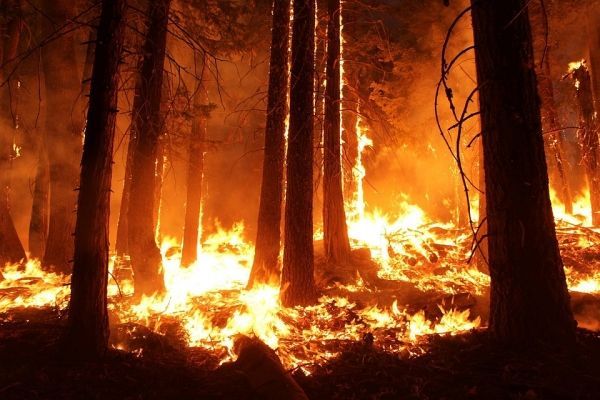There’s no doubt that climate change is affecting ecosystems as well as the lifestyles of plants and animals around the globe. As temperatures rise, so do the complexity of the issues. Scientists, both in the United States and around the world, are actively pursuing mitigation solutions while providing governments with the understanding of natural hazards to help stem the effects of climate change.
At The University of New Mexico, Matthew Hurteau, associate professor in the Department of Biology, has conducted research to determine how disturbances influence tree mortality risk and how that information can be used in carbon management policies to mitigate climate change. Hurteau and several colleagues argue in an opinion piece, “Managing for disturbance stabilizes forest carbon,” released today (link to PNAS opinion piece once posted) in Proceedings of the National Academy of Sciences (PNAS), a peer-reviewed multidisciplinary scientific journal, that policymakers would do well to use disturbance ecology in an effort to stabilize forest carbon.
Central to their piece, Hurteau and colleagues say that “forest systems sequester approximately 12 percent of anthropogenic carbon emissions, and that efforts to increase forest carbon uptake are central to climate mitigation policy.
Read more at University of New Mexico
Photo credit: skeeze via Pixabay


